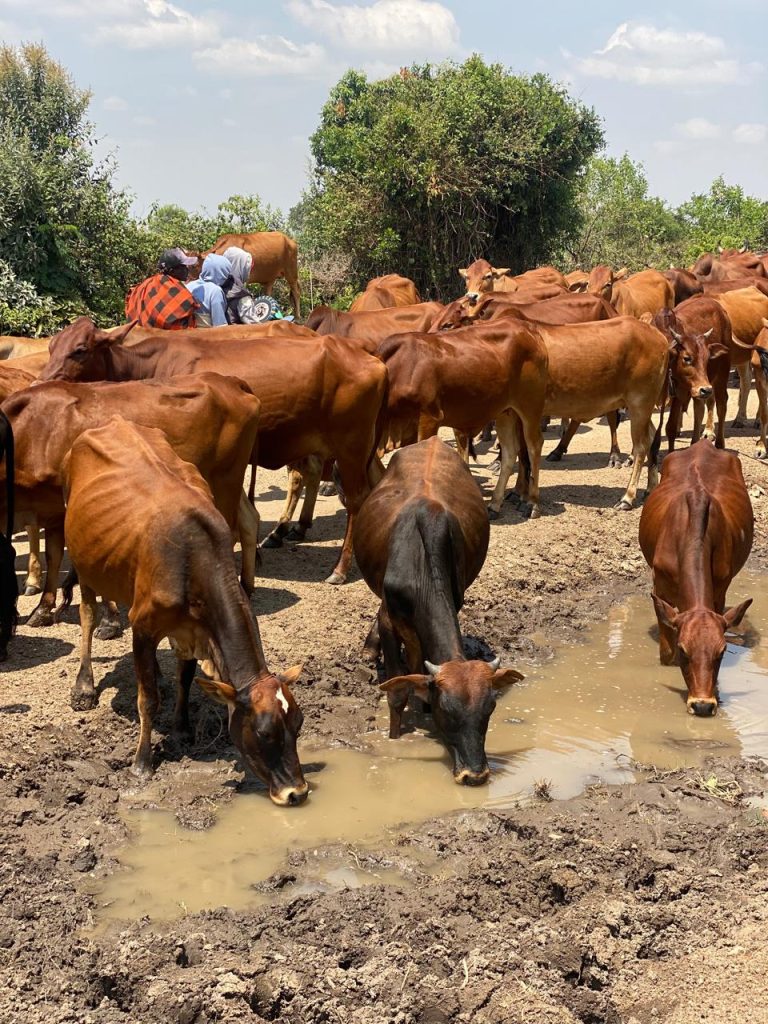Introduction
Antimicrobial resistance (AMR) is a ticking time bomb in livestock management worldwide. In Narok County, Kenya, the overuse of antibiotics to treat livestock diseases has created a perfect storm for AMR to thrive. This article sheds light on the grave consequences of AMR, its impact on both animal and human health, and the urgent need for sustainable and responsible antibiotic use in livestock farming.
What is Antimicrobial Resistance (AMR)?
AMR happens when bacteria develop the ability to resist antibiotics, making treatments less effective. In Narok County, farmers often use antibiotics for common livestock problems like infections and stomach issues. However, using too much or misusing antibiotics can lead to resistant bacteria, reducing the effectiveness of these treatments over time.
How Are Antibiotics Used in Narok County?
In Narok, many farmers give antibiotics to their animals without consulting veterinarians. Some farmers administer doses that are four times the recommended amount. Around 90% of pastoralists handle their own livestock treatments, leading to the misuse of antibiotics and an increased risk of AMR.
The Dangers of AMR in Livestock
- Harder to Treat Livestock Diseases: When bacteria become resistant, common livestock diseases become harder to treat, leading to prolonged illness and even death.
- Higher Costs for Farmers: Farmers may need to switch to more expensive treatments when antibiotics stop working, which can harm their financial stability.
- Health Risks for Humans: AMR in livestock can be transferred to humans through meat, milk, or direct contact with animals, causing infections that are difficult to treat.
- Environmental Impact: Resistant bacteria can spread through animal waste, contaminating soil and water, and affecting public health.
Preventing AMR in Narok County
- Educating Farmers: Farmers need to be aware of how to use antibiotics correctly and the risks of AMR. Workshops and training programs can help spread this knowledge.
- Veterinary Supervision: Ensuring that antibiotics are only used under the guidance of veterinarians will help prevent misuse. Stronger regulations on antibiotic sales and usage are also needed.
- Tracking Antibiotic Use: Setting up systems to monitor how antibiotics are being used and testing for resistance can help manage AMR effectively.
- Using Alternative Treatments: Encouraging farmers to use vaccines, better hygiene, and other preventive measures will reduce the need for antibiotics.
- Developing Policies: ACHCGA advocates for collaboration with the government and other organizations to create policies that effectively address AMR.
Conclusion
AMR is a growing issue in Narok County, affecting animal health, human safety, and the economy. ACHCGA promotes education, veterinary guidance, and alternative treatment methods to combat AMR. By acting now, Narok County can protect its livestock and residents from the dangers of antimicrobial resistance.

